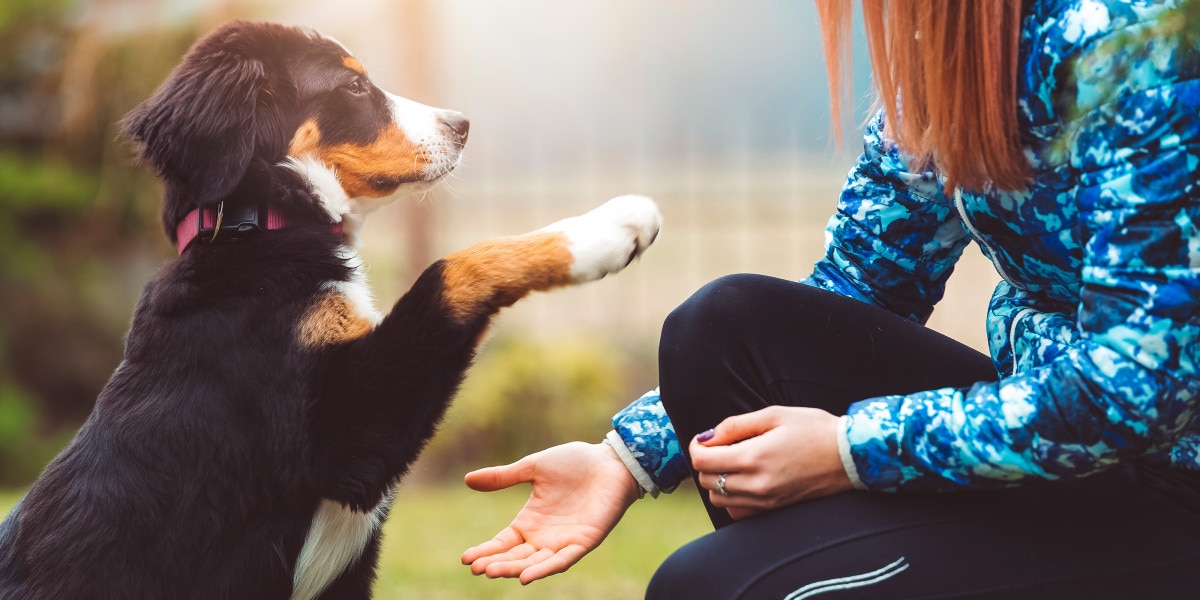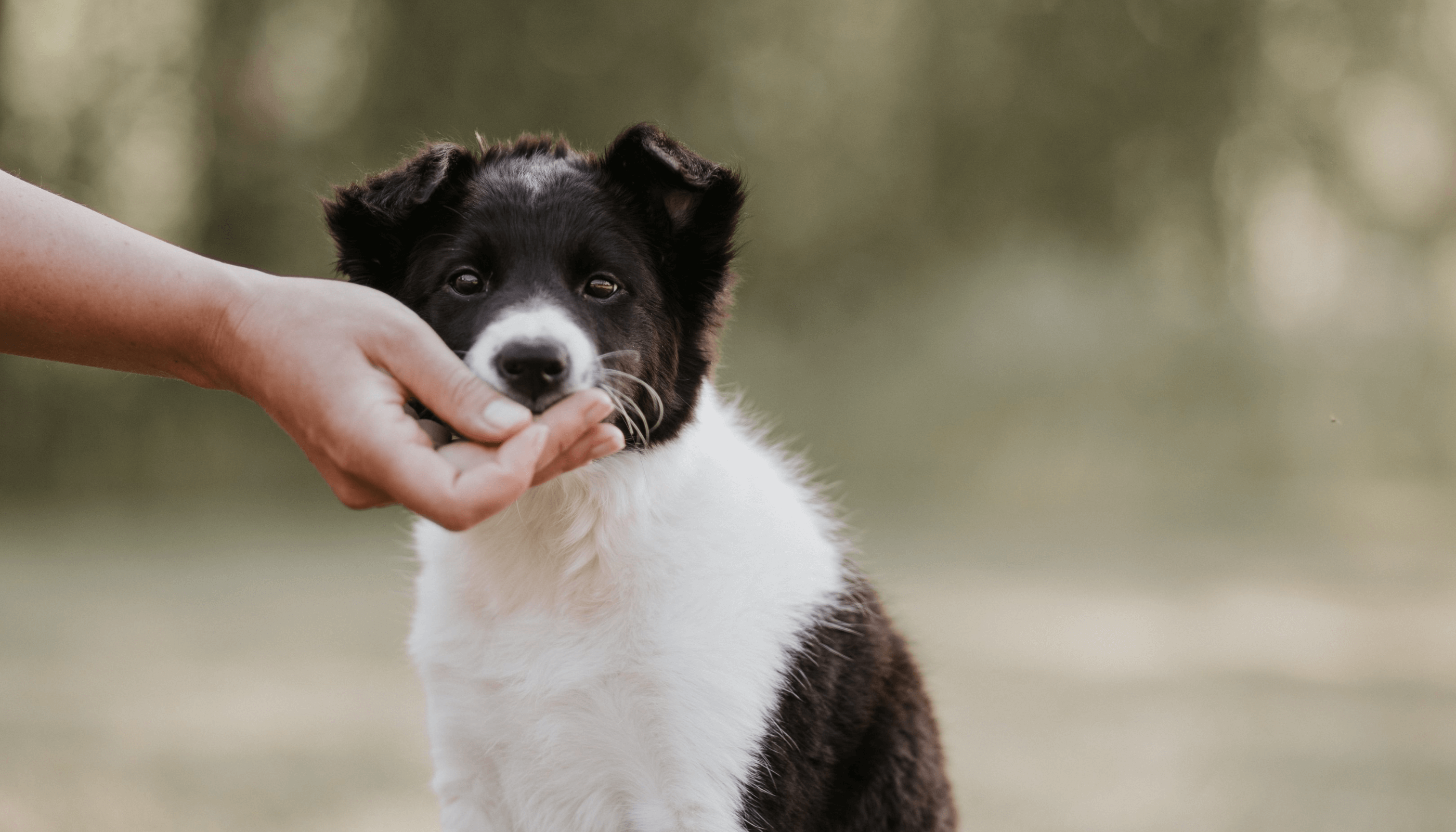Essential Tips for Effective Puppy Training: A Guide for New Dog Owners
Top Puppy Educating Methods to Make Sure a Mannerly Pet Dog
Effective puppy training is crucial for growing a well-behaved companion, and numerous techniques can significantly influence a dog's advancement. As we explore these techniques further, it comes to be clear that the success of young puppy training pivots on a combination of approaches that can transform your family pet's habits in impressive means.
Favorable Reinforcement Techniques
Making use of positive reinforcement strategies is vital for effective young puppy training, as it urges desired habits through incentives rather than penalty. This technique maximizes the all-natural discovering processes of dogs, reinforcing good behavior by supplying instant and substantial benefits, such as deals with, appreciation, or playtime. By connecting favorable outcomes with specific actions, young puppies are extra likely to repeat those actions in the future.
Benefits ought to be offered instantly after the desired actions happens to produce a clear connection in the pup's mind. Additionally, differing the types of rewards can keep a young puppy's interest and inspiration throughout the training process.

Uniformity in Training Commands
Preserving uniformity in training commands is vital for strengthening the lessons found out through positive support techniques. Pet dogs grow on regular and predictability, so using the exact same spoken commands and hand signals for specific behaviors is crucial. This uniformity assists pups recognize what is expected of them, minimizing complication and irritation for both the trainer and the pet.

Timing also plays a significant duty in consistency. Commands should be supplied immediately during training sessions and complied with immediately by favorable reinforcement, such as deals with or praise. This immediate action helps solidify the organization between the command and the wanted habits.
Incorporating uniformity into training sessions will certainly produce a steady learning atmosphere, promoting quicker mastery of commands. Ultimately, a well-structured technique fosters a solid bond between the pup and its proprietor, bring about an extra obedient and mannerly pet.
Socializing With Other Family Pets
Socializing with other pet dogs is vital for a puppy's advancement, as it helps them discover ideal behaviors and communication abilities in diverse social contexts. Early communications with various animals can substantially affect a puppy's character and flexibility in various circumstances. When pups are exposed to a range of family pets, they come to be more positive have a peek here and much less fearful, which can avoid prospective behavior concerns later on in life.

Teach your pup to recognize signals from various other animals, such as indicators of playfulness or discomfort, promoting mutual regard and understanding. Regular socializing not only improves your puppy's social abilities yet likewise adds to their general health, producing an extra harmonious living atmosphere.
Crate Training Conveniences
Acknowledging the many benefits of crate training can greatly improve both the pup's and owner's experience. Crate training supplies a secure and protected atmosphere for pups, guaranteeing they feel secured when laid off. This complacency can dramatically reduce stress and anxiety and stress and anxiety levels for both the owner and the family pet.
Furthermore, crates serve as an important house-training device. Puppies naturally prevent staining their resting area, therefore motivating them to hold their bladder till they are allow outdoors. This reaction can expedite the house-training procedure, cultivating excellent habits early on.
Crate training likewise aids in managing a puppy's behavior when without supervision. By supplying an assigned area, owners can avoid devastating actions, such as eating on furniture or entering into this unsafe substances. Moreover, pet crates can be beneficial throughout traveling, using an acquainted area that can aid soothe a young puppy in new environments.
Lastly, developing a pet crate routine encourages freedom, enabling puppies to find out exactly how to be alone without worry. Overall, pet crate training is an efficient approach for promoting safety, technique, and serenity, causing a well-adjusted, mannerly family pet.
Leash Training Basics
Leash training is a fundamental aspect of accountable family pet possession that ensures a secure and pleasurable walking experience for both the young puppy and its proprietor. Proper leash training starts early, ideally during the young puppy's socializing period. When out in public., this training assists develop excellent habits and promotes positive behaviors.
To begin, select a comfy collar or harness that fits your pup well. Attach a sturdy leash, guaranteeing it is not too long, as this can result puppy training in pulling and unpredictable actions. Begin in a silent environment to reduce disturbances and gradually introduce your puppy to new environments.
Usage positive support methods, such as treats and praise, to encourage your puppy to stroll close to you. If your pup draws, stop walking and wait for them to return to your side prior to proceeding.
In addition, integrate brief training sessions with enjoyable diversions to develop your puppy's focus. With devotion and perseverance, chain training will cause a hospitable friend, making strolls pleasurable for both the young puppy and the owner.
Verdict
In conclusion, utilizing reliable puppy training methods is crucial for establishing a well-behaved animal. Positive reinforcement fosters depend on and encourages wanted behaviors, while consistency in commands help in understanding. Socialization with other pets improves versatility and social skills, and dog crate training offers a secure atmosphere that sustains house-breaking initiatives. Leash training establishes proper walking routines, adding to pleasurable getaways. In general, these approaches jointly promote an unified partnership in between puppies and their proprietors.
As we discover these methods even more, it becomes clear that the success of puppy training pivots on a combination of techniques that can change your animal's habits in impressive methods.
Making use of positive reinforcement strategies is necessary for efficient puppy training, as it urges preferred habits through benefits instead than penalty.Crate training also helps in handling a young puppy's habits when not being watched.Leash training is a basic aspect of accountable animal ownership that makes certain a secure and delightful strolling experience for both the puppy and its owner.In verdict, utilizing reliable puppy training methods is important for creating a well-behaved family pet.